Your company likely has hundreds of unexplored ideas that could help achieve strategic goals. But how do you identify which are the right ideas to execute that will deliver business value? What are the best methods to separate duds from innovative ideas? An idea management system plays a crucial role in effectively prioritizing and managing ideas within organizations, helping to identify and evaluate the potential of each idea against strategic goals.
The idea management process
The idea management process is a structured approach to capturing, evaluating, and implementing ideas to drive innovation. It ensures that ideas are systematically collected, assessed, refined, and executed to maximize their impact. This process typically follows several key stages:
-
Idea generation: Generating a wide range of ideas using techniques like brainstorming, ideation workshops, and crowdsourcing.
-
Idea collection: Centralizing and organizing ideas from various sources to ensure visibility and accessibility.
-
Idea evaluation: Assessing ideas based on feasibility, market potential, and strategic fit to identify the most promising ones.
-
Idea combination: Refining or merging ideas to enhance their potential and create more innovative solutions.
-
Idea prioritization: Ranking ideas based on criteria such as business impact, urgency, and resource availability.
-
Idea pre-Development: Further shaping selected ideas by defining key requirements, challenges, and implementation pathways.
-
Idea validation & Testing: Conducting assessments, prototyping, and user testing to confirm the idea’s viability.
-
Idea Implementation: Executing validated ideas through structured development and integration into business operations.
By following a well-defined idea management process, organizations can foster continuous innovation, reduce wasted resources, and ensure that the best ideas are effectively translated into real-world impact.
Understanding idea evaluation
Idea evaluation is a pivotal step in the idea management process, where the potential value and feasibility of ideas are assessed. This stage is crucial for determining which ideas to prioritize and invest resources in, ensuring that only the most promising ideas move forward. By systematically evaluating ideas, organizations can streamline their innovation efforts and focus on those concepts that align with their strategic goals and have the highest potential for success.
Why idea evaluation is critical
Idea evaluation is critical for several reasons:
- Identifying High-Potential Ideas: Ensures that only the most valuable and feasible ideas move forward, aligning with organizational goals.
-
Eliminating Unfeasible Concepts: Filters out ideas that lack viability, saving time, effort, and resources.
-
Optimizing Resource Allocation: Directs investment toward ideas with the greatest potential impact, maximizing efficiency.
-
Minimizing Risk: Reduces uncertainty by thoroughly assessing ideas before committing significant resources.
Benefits of effective idea evaluation
Effective idea evaluation brings numerous benefits to an organization, including:
-
Improved innovation and competitiveness: By focusing on the most valuable ideas, organizations can enhance their innovation capabilities and stay competitive in the market.
-
Increased efficiency and productivity: A structured evaluation process ensures that resources are used efficiently, leading to higher productivity.
-
Enhanced decision-making and resource allocation: With a clear understanding of which ideas hold the most promise, decision-making becomes more straightforward, and resources can be allocated more effectively.
-
Better alignment with organizational goals: Evaluating ideas ensures that they are in line with the organization’s strategic objectives, leading to more coherent and focused innovation efforts.
-
Reduced risk and improved ROI: By prioritizing ideas with the highest potential, organizations can reduce the risk of failure and improve their return on investment.
How to evaluate new ideas for your organization
Idea management software makes idea evaluation easier and more organized. It provides a structured process for rating ideas in your company against best-practice criteria (Exhibit 1). Getting everyone in your company to evaluate ideas has the potential benefit of enhancing employee engagement in innovation. But beware, idea ratings are still subjective opinions. It does not establish the truth.
There is no foolproof way to determine what ideas will succeed, but ratings do support the decision-making process. Focusing on the most valuable and feasible ideas significantly enhances the success rate of innovation projects.
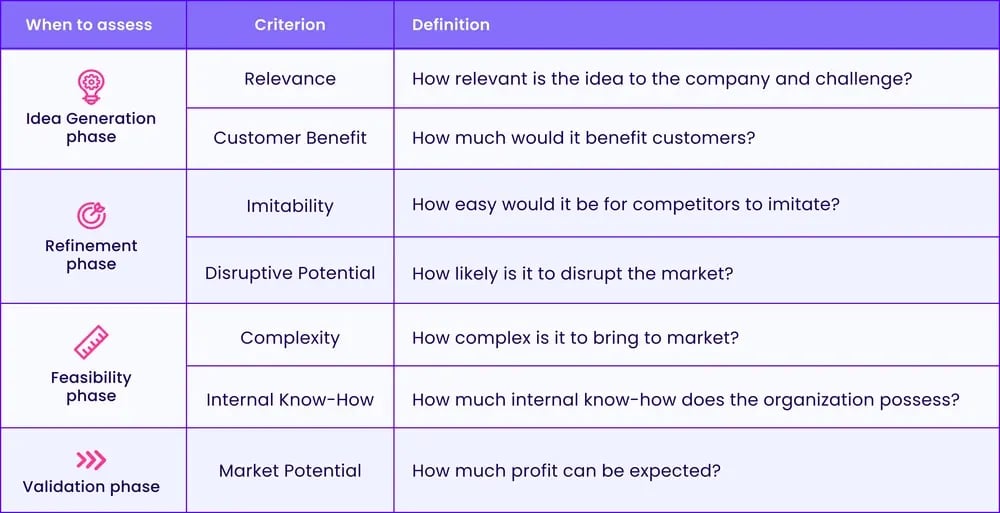
Exhibit 1: Criteria for evaluating new ideas
7 factors to consider when evaluating ideas
1. How relevant is the idea?
When collecting ideas in an innovation challenge, the campaign manager should define the scope and strategic themes in the challenge description (Exhibit 2). This tells participants what types of ideas the company is looking for. Of course, you may still receive idea submissions that are intriguing but not aligned with the business strategy.
Judging relevance becomes trickier when the company pursues a diversification strategy: entering new markets with new products or services. When the market becomes saturated, expanding to unfamiliar product categories makes sense. But if a company tries to sell to a consumer base they don’t understand, and the new product does not express the key attributes of the parent brand, the product idea is probably not relevant. Understanding market trends is crucial here, as they guide decision-making in buying and selling investments to capitalize on market opportunities.
Consider the case of BIC, the French manufacturer known for inexpensive yet reliable pens and lighters. In 1998, BIC tried to expand its product categories with a line of disposable underwear for women. It failed. Turns out consumers did not want their underwear from BIC. Associating underwear with pens, did not fit. If the new product or service does not align with the parent brand’s connotations and market trends, it’s likely not relevant to the company’s strategic focus.
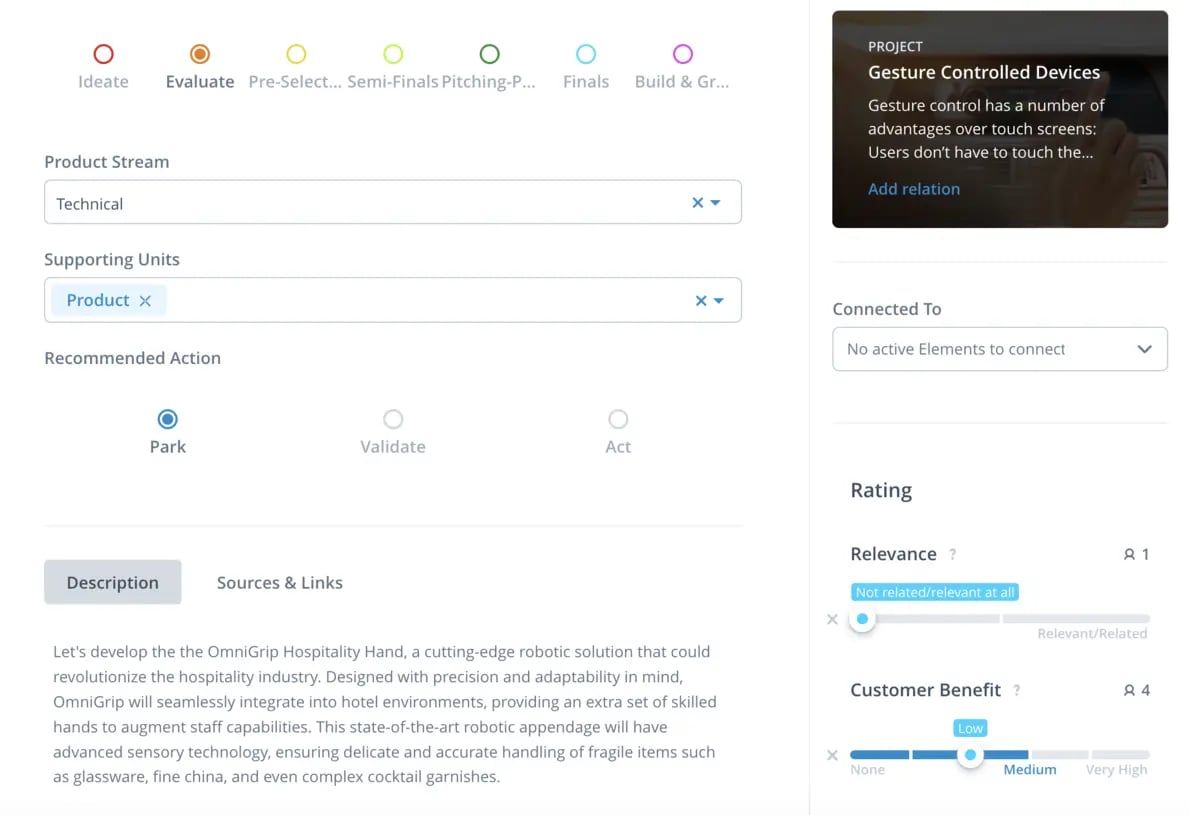
Exhibit 2: Scope and strategic themes are defined in the challenge description
2. How much will the idea benefit customers?
Steve Jobs once said that Apple doesn’t give customers what they ask for. Apple figures out what customers want before they know they do. But the lesson from this quote is not that you should ignore customers, rather that people often don’t know how to articulate their needs. It is crucial to have a sympathetic understanding of how customers use your company’s products or services and how it benefits them. Understanding customer needs can also influence investment strategies, aligning product development with financial objectives and changing market conditions.
A cautionary example of under-appreciating customers comes from Nortel, the Canadian telecoms giant that filed for bankruptcy in 2009. They didn’t listen to customers, lost an understanding of their needs, and ultimately lost their confidence. Another fumble is that Nortel dismantled its centralized R&D platform designed for collaborative teams to innovate on. Without a platform for innovation, it becomes difficult to integrate customer feedback with the development of products. So keep the benefit to customers in mind when developing new ideas.
3. How easy is it for competitors to imitate?
Rating the imitability of an idea makes you consider if it can be copied by competitors. If a product or service idea is easily replicated, it might not provide a sustainable competitive advantage. Managers believe that being the first to bring a new product or service to the market guarantees a first-mover advantage. But there are notable examples where a first-mover loses the lead despite strong brand recognition (Exhibit 3).
In 2015, Snapchat was known as the social app for ephemeral photos and videos, but Instagram released its version of Stories in 2016. Snapchat did not have the network effects to accelerate and enrich its first-mover advantage, and by 2018, Instagram Stories had grown to twice as many daily users (400M) as Snapchat (188M).
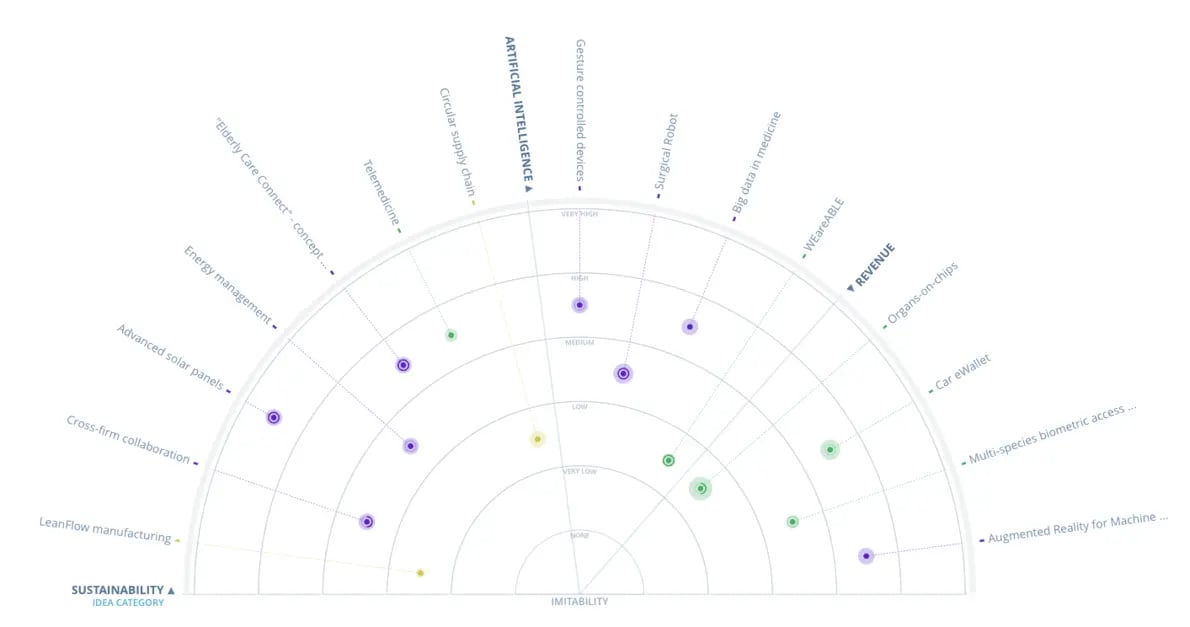
Exhibit 3: Radars visualize the imitability of ideas
4. What's the disruptive potential of the idea?
When disruptive products enter the market, established brands are often knocked off their pedestal. A product idea is usually considered disruptive if it is supported by new technology, highly accessible, low cost, and upends existing markets. Market leaders often dismiss disruptive innovations as inferior, while it’s actually sufficient and affordable for customers with low needs. Disruptions often appear out of the blue from a company not previously considered a competitor (Exhibit 4).
Consider Garmin, the biggest name in GPS devices in the 2000s. They likely did not see a competitor in Google, known at that time for its search engine and free email client funded by advertising. But when Google Maps became common on smartphones, it disrupted the GPS industry across the world, forcing Garmin to find smaller niches such as smartwatches for outdoor recreation and GPS devices for boats.
Could your company’s next innovation be disruptive? Evaluate the disruptive potential of innovation ideas from your organization, keeping in mind that the ideal is to still use your company’s existing strengths as a foundation when leaping into a new product category.
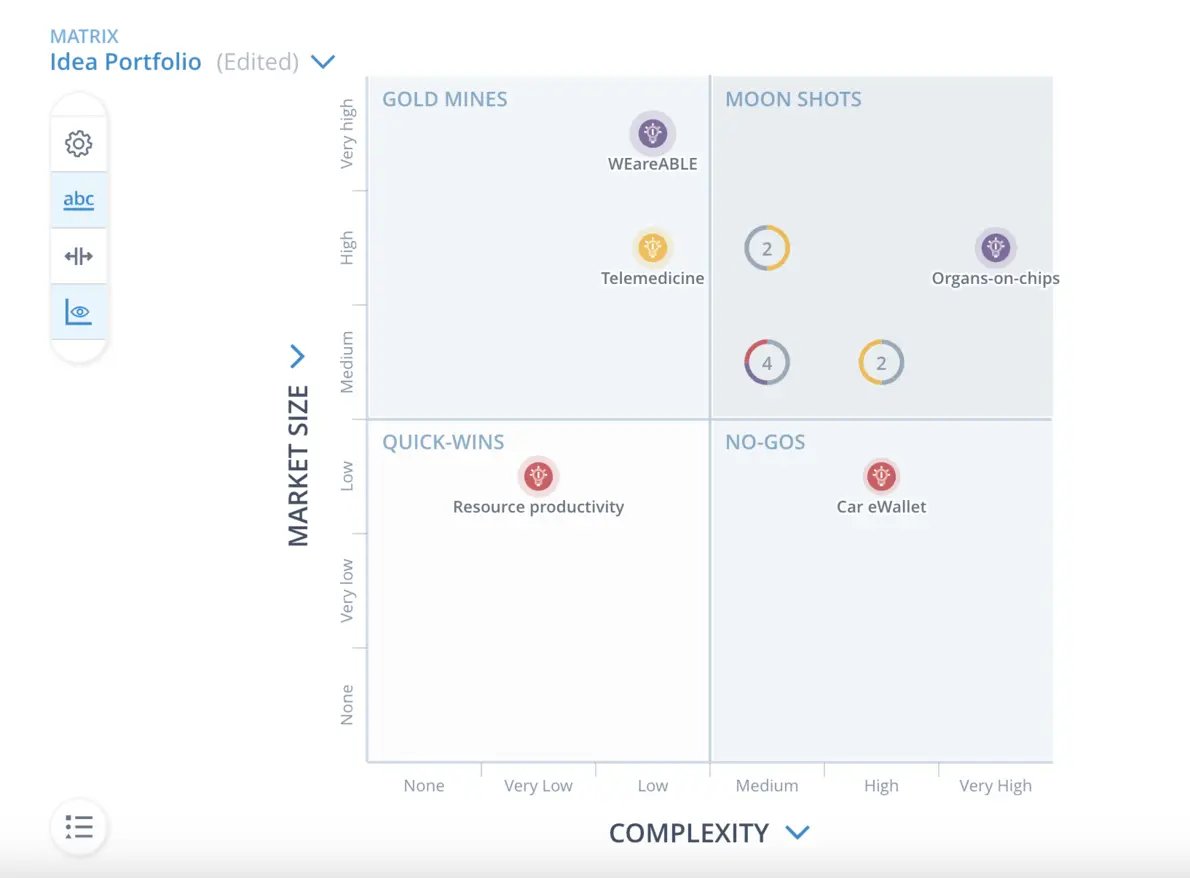
Exhibit 4: Matrix showing the future outcome of ideas
5. How complex is it to bring the idea to market?
There’s a joke in computer science that the first step of any project is to grossly underestimate its complexity. When a team is excited about an idea, it’s understandable that they won’t consider how difficult it will be to see it through to a viable innovation. Effective portfolio management is crucial in overseeing the complexity and resource allocation of bringing new ideas to market.
That is why it’s necessary to sensibly assess if the idea is perhaps too complex for the capabilities of the business. Here, it might be ineffective to seek a democratic answer from all employees. Rather, consult the most knowledgeable experts in your organization with the needed experience to evaluate the complexity of submitted ideas.
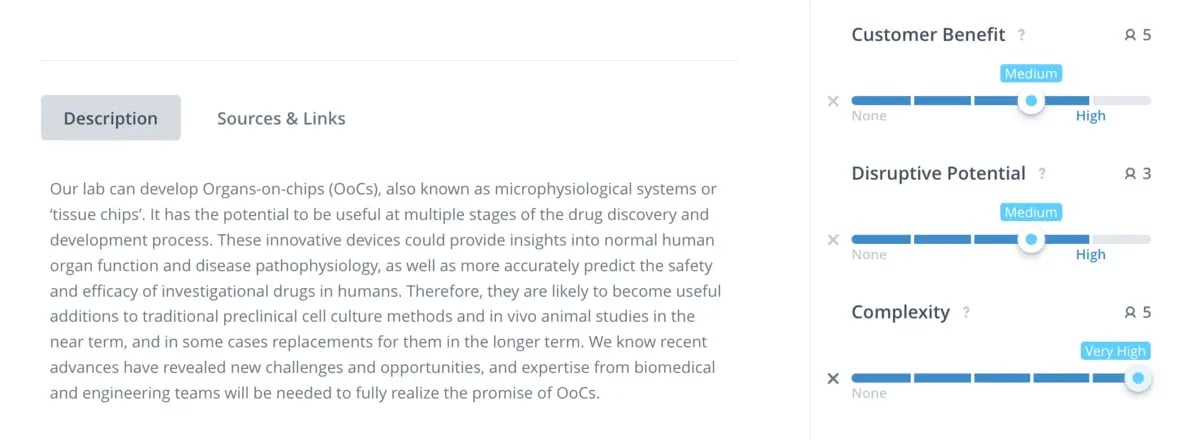
Exhibit 5: Configure ratings to evaluate the complexity of ratings
6. How much profit is expected?
Estimating the expected numerical value of an idea, is difficult. Your company might not be able to say exactly how much profit it will generate. But consider the market potential of the idea on a scale of low to very high. Consider if the anticipated value of the idea will outweigh the cost of delivering it. What is the market size of the product? Even if your company makes the decision to pursue a loss-leader strategy with low margins on the product, there needs to be a vision for the business value it will create. So, incorporate profitability in your evaluation criteria to judge if the investment is justified.
7. Do you have internal know-how for the next step?
Professor Richard Rumelt, a giant in the field of strategy, asserts that good business strategies involve making a bold bet while building on the company's strengths and competencies. Ask yourself, does your organization have the required skills and competencies to implement the idea? Is more experience needed before prototyping? The idea may be attractive, disruptive, and potentially profitable, but success is unlikely if you don't have employees who understand what's required to create the product.
Ideation without implementation is merely intellectual indulgence.
"Ideation without implementation is merely intellectual indulgence," says Johannes Neudecker, Senior Product Manager at ITONICS. For many companies, the process from ideas to project implementation is often missing. So, it's essential in idea evaluation to consider if the concept is a no-go because your innovation team lacks the internal know-how to implement it.
Effectively evaluate and implement ideas with ITONICS
Once you’ve completed the idea evaluation process with input from knowledgeable employees, the next step is ensuring a structured approach to advancing the highest-scoring ideas. An idea management system is essential for this, providing a seamless way to evaluate, refine, and transition the best ideas from concept to execution.
Ready to elevate your ideation process? The ITONICS Innovation OS enables organizations to streamline the entire innovation journey—from foresight research and ideation to execution—at scale. Our innovation management software is packed with features designed to enhance efficiency, collaboration, and impact, including:
-
Customizable ideation campaign templates to get started quickly
-
Capture ideas from internal and external sources
-
Connect ideas to related trends and technologies as supporting evidence
-
Collaboratively evaluate ideas with other teams and experts
-
Prioritize ideas on a Matrix or Kanban Board
-
Manage the implementation of ideas and projects on interlinked Roadmaps
-
Monitor and report on project progress with dashboards and KPI aggregation
Don’t leave your organization’s innovation success up to chance (or spreadsheets!) Focus on what really matters: driving innovation and growth for your business.
FAQs on idea prioritization
How can organizations manage ideation and idea prioritization?
Organizations can structure ideation by capturing ideas centrally, using defined evaluation criteria (e.g., strategic fit, feasibility, impact) to rate them, and then prioritizing them for further development based on those scores. This process ensures that only the most promising ideas progress.
What are the most important criteria for evaluating innovation ideas?
Key criteria include strategic alignment, feasibility, customer value, market potential, differentiation, risk level, and resource requirements. Using these consistently helps organizations focus on ideas with the highest potential.
How can digital tools improve idea evaluation?
Platforms like ITONICS support idea evaluation with customizable scoring models, collaborative reviews, and real-time dashboards. These make it easier to assess, compare, and prioritize ideas transparently and at scale.






